The video in the article demonstrates a brave execution of FPV aerial cinematography in order to capture Moto2 race riders. The tools used for the job were the RED Komodo and Freefly Wave on an FPV drone. However, the sound designer deserves all the compliments.
 RED Komodo on FPV drone chasing Moto rider. Picture: Johnny FPV
RED Komodo on FPV drone chasing Moto rider. Picture: Johnny FPVCinema FPV/ FPV Aerial Cinematograph
The ability to utilize a cinema camera on an FPV (First Person View) drone has been accomplished recently as cinema cameras are being designed in a more compact manner and a form factor that allows the privilege of using it on an FPV small drone. That possibility opens up a whole new world of aerial cinematography. We call it Cinema FPV, or FPV Aerial Cinematography. The downside is that the FPV drone is much more complicated regarding maneuverability as its sensitivity is significantly higher compared to other bigger (conventional drones). Hence, the most used cameras for that type of shooting are RED Komodo and Freefly Wave. The RED Komodo is utilized when 6K RAW data is needed for cinema applications, and the Wave is used when ultra-high FPS (4k 420 Frame Per Seconds) is required for the slow-motion shots. For more info make sure to read our articles, as you can find there some pretty insane shooting methodologies for out-of-this-world results :
- Pure Adrenaline Pro Bowl Commercial Shot on FPV Drone With RED Komodo
- Watch: ALL Red Notice FPV drone sequences
- ‘Red Notice’ is a Proof That Cinema FPV Conquered Netflix
- Cinema FPV (First Person View): One-Take With the RED Komodo
- Freefly Wave + FPV Drone = Never Seen Before Slow Motion Shots
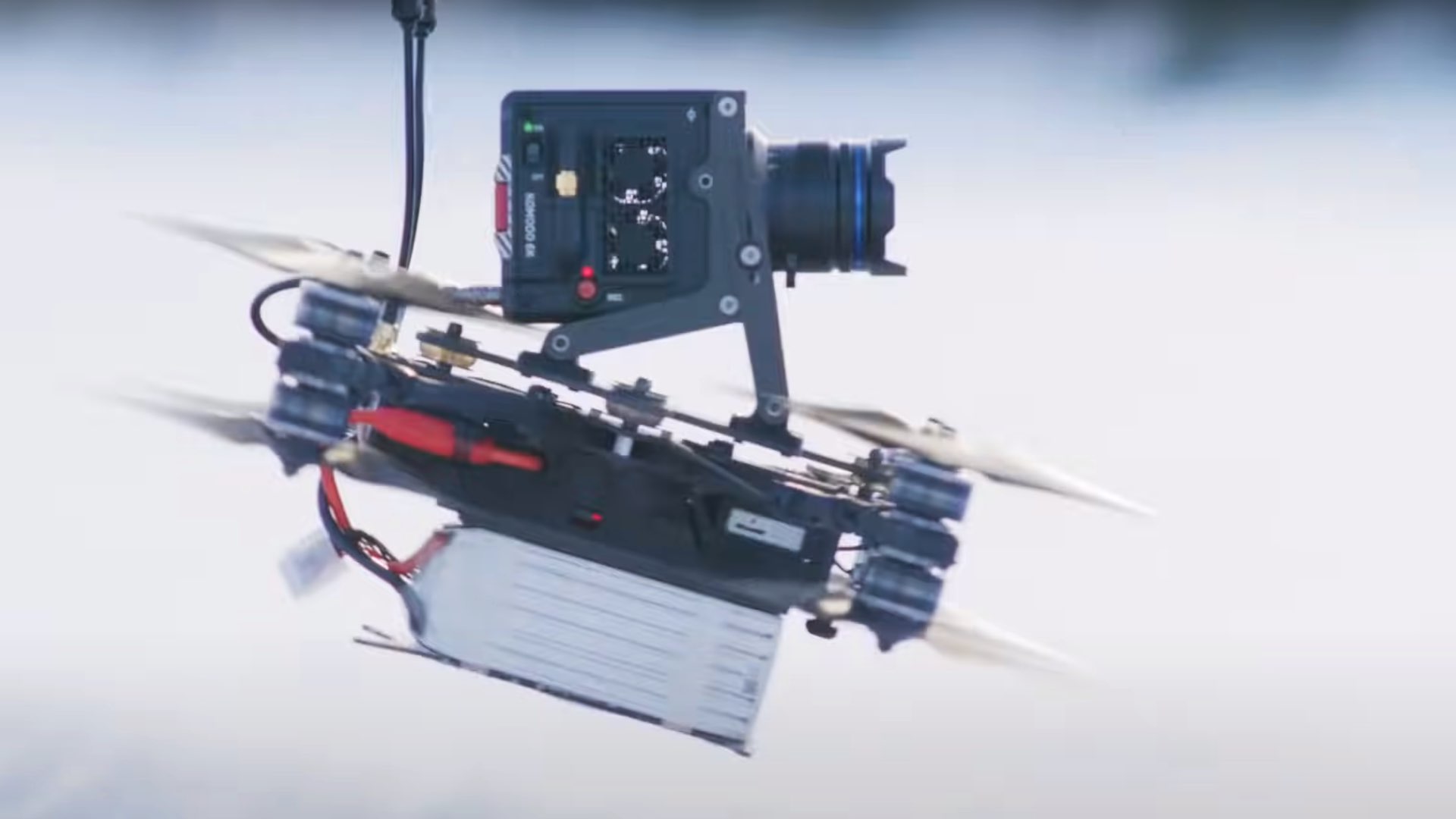 RED Komodo on FPV drone. Picture: Johnny FPV
RED Komodo on FPV drone. Picture: Johnny FPVRisks and limitations
Operating an FPV drone with an expensive cinema camera on it, demands high level of skill and expertise. These kind of drone can fly at a speed up to 150Km/h and, as explained, is very sensitive and challengeable for the pilot of operate it. Moreover, the camera is attached in a fixed angle. Most of the times, there’re no options for tilt and pan. Thus, the pilot has to be even more precise in order to get the right shots. When examining FPV aerial shots, it can be easily noticeable these low angles, as the camera is not controlled separately. This is a major limitation as the operator can’t ‘play’ with the camera. Therefore, the skill must compensate it in order to get accurate shots. We’ll end this article by showing you this video, made by FPV drone pilot Johnny Schaer (aka Jonny FPV). Schaer has shot Moto2 race riders using combination of RED Komodo and Freefly Wave on an FPV drone. It looks impressive. However, the real art here is the sound design. Check it out:
Product List
Here’re the products mentioned in the article, and the links to purchase them from authorized dealers.
- FREEFLY Wave Camera (2TB)
- RED Digital Cinema Komodo 6K
- DJI FPV Drone

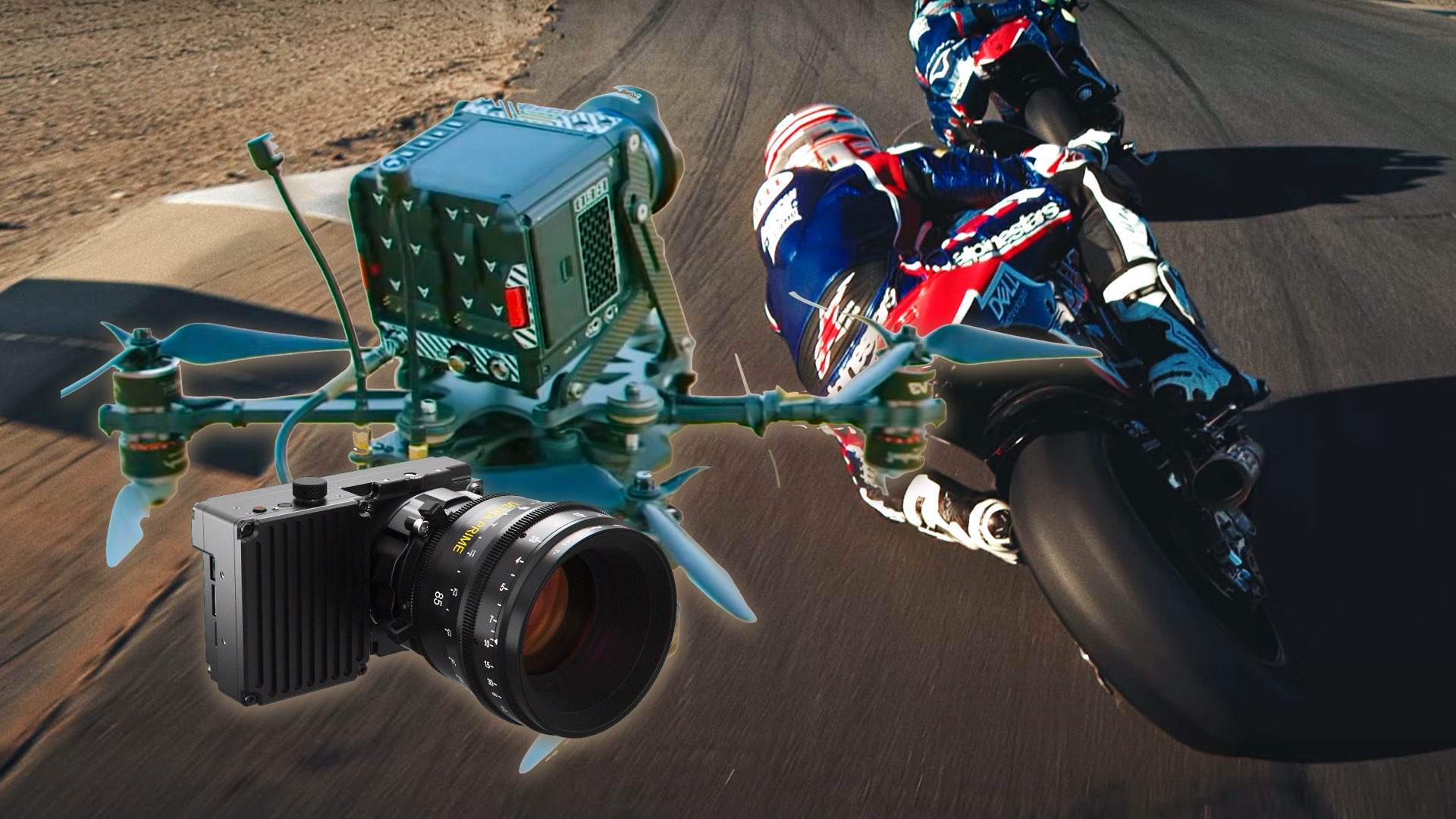

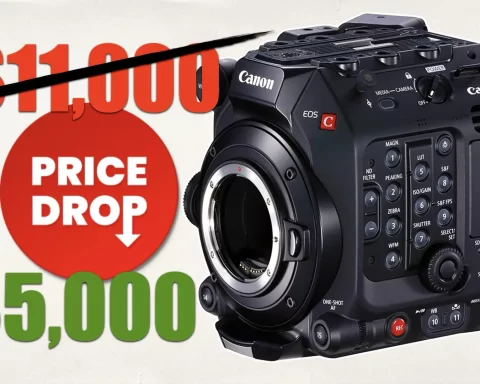
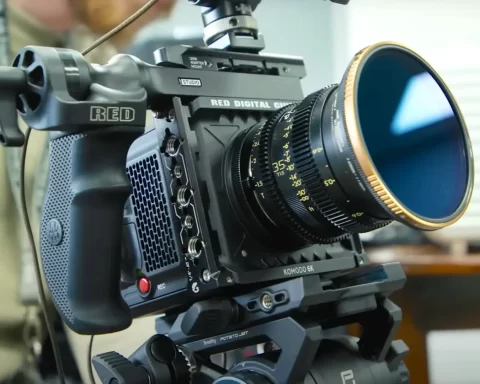
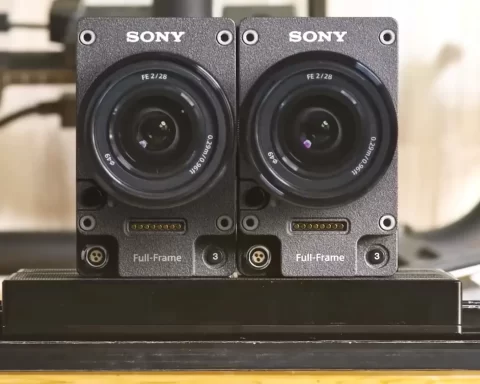
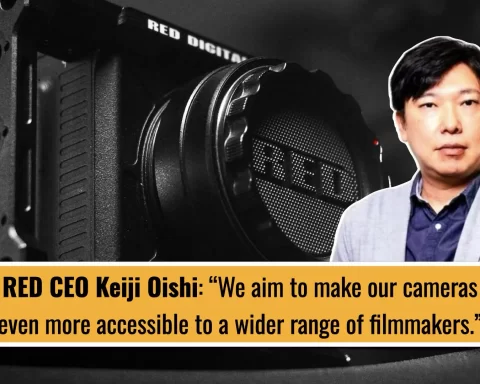



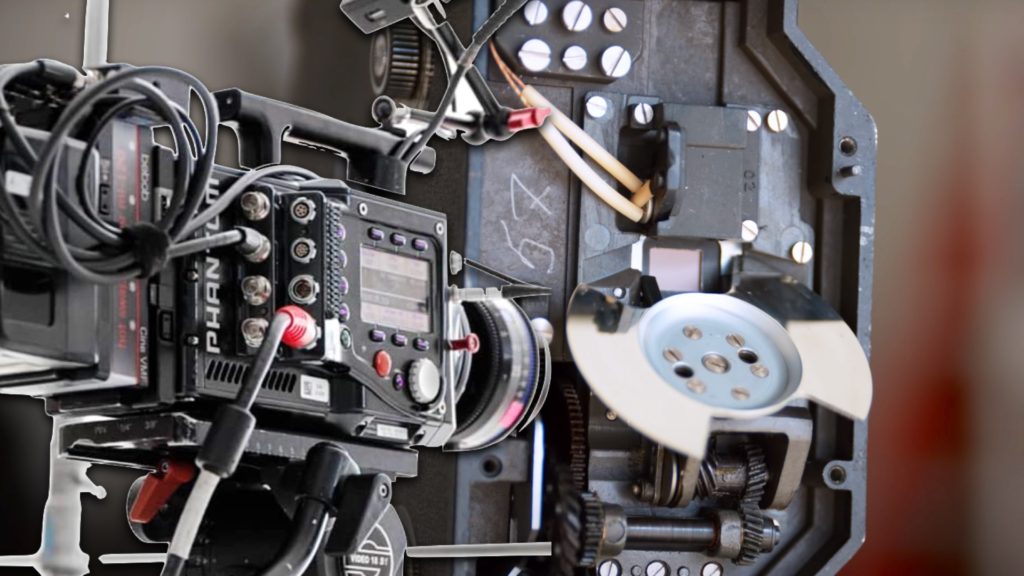




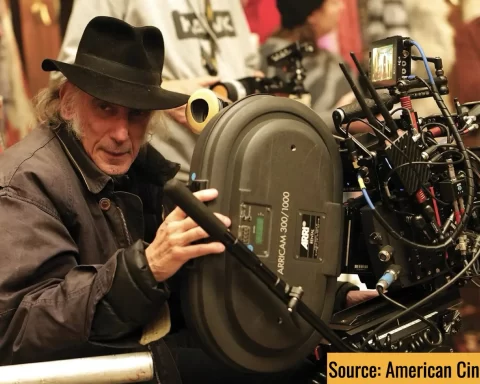
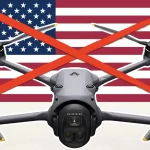
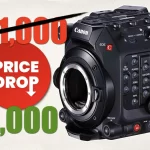
sorry, `I have to disagree with your sound design comments, I know many sound designers that could get this feel with sound, however, I haven’t seen as good fpv footage for this kind of work ever before. fpv is super hard, and also difficult to not look like every other fpv video out there. turn the sound off and watch, the footage is still super cool. I know the impact is a lot stronger with the sound- possibly 70% of the energy. but honestly, sitting back later doing sound design with some good motorbike engine sounds is nothing like the years of practice, preparation and skills to do this kind of footage- with the very likely chance of throwing away thousands with a tiny mistake. there are thousands of fpv pilots but when did you see a piece off footage anything like this example (please show me if you have) as this quite unique and very cool imo.